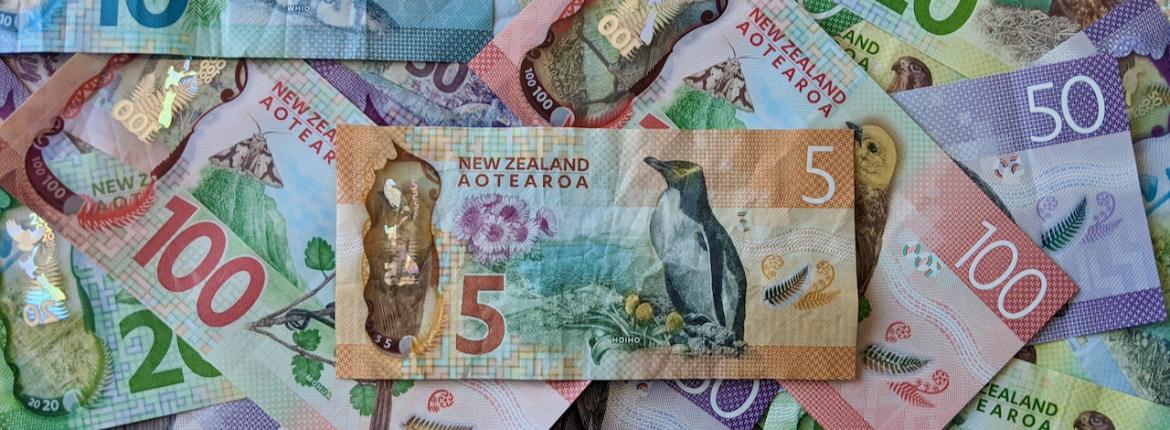As a small exporting nation the fate of New Zealand’s economy is often buffeted by what is happening offshore. In recent decades, the Asian Financial Crisis of 1998 and the Global Financial Crisis of 2008 both knocked our commodity prices, and eventually our broader economy, for six. In recent years, of course, there couldn’t have been a more global shock than Covid-19.

ANZ Chief Economist, Sharon Zollner.
Different countries took different paths but currently find themselves in much the same spot: getting on with life in the face of pandemic waves and hoping like mad a nastier variant doesn’t come along.
The economic response by policymakers was actually a good deal more homogenous than the health response was. Fiscal and monetary policy went into overdrive, piling on the stimulus by increasing debt – their own, in the case of fiscal policy, or encouraging others to borrow more, in the case of monetary policy.
With the benefit of hindsight, too much stimulus was added. Spending boomed – particularly spending on goods, given curtailed travel options. Meanwhile, supply-side disruptions rumbled on: lockdowns, sick and isolating workers, closed borders, shipping disruptions, and the icing on the cake, Russia’s invasion of Ukraine giving a solid boost to both energy and food prices.
As a result, a large number of countries are experiencing slightly different flavours of what is essentially the same dessert. Inflation is far too high. Consumers are miserable – but, so far, still spending.
Labour markets are incredibly tight, with stressed out and overworked businesses struggling to meet demand. And asset prices, from housing to equities to cryptocurrencies are under pressure as central banks go screaming into reverse, raising interest rates at a speed not seen in decades, in response to inflation rates not seen since the early 1980s.
Inflation, it seems, wasn’t dead but only sleeping all this time.
This is the scenario for which independent central bank inflation targeting was designed. Getting inflation down from these levels is likely to require a fair amount of pain in both asset and labour markets. It’s a big ask for any politician to put their voters through short-term pain (slower growth and higher unemployment) for long-term gain (inflation stability). So unelected central bank governors were given the task. And this is the biggest test of the regime yet.
The Reserve Bank of New Zealand was the first of the closely-watched central banks globally to recognise the need to stop the stimulus and start raising interest rates. They were actually still “late,” versus how they historically responded to the state of the labour market and inflation, given the ongoing Covid uncertainty, but they were well ahead of global peers.
As a result, the world is watching how the New Zealand economy (and its housing market in particular) copes with the rapid lift in interest rates, as analysts try to weigh up whether the world economy will have a hard landing.
The most important export destination for New Zealand is, of course, China. And that economy is going its own way to some extent. They have three particular challenges: a shake-out in the over-leveraged property development sector, ongoing lockdowns as the country attempts to maintain zero Covid, and the consequences of a crackdown in the tech sector.
The unemployment rate has risen substantially, bringing into question Chinese consumers’ willingness and ability to pay a premium price for New Zealand’s high-quality food exports and property developers’ need for logs.
There are structural supports to New Zealand commodity prices, given disruption to global food supplies. But in the end, despite all the economic wackiness Covid has brought about, we certainly can’t rule out that an old-fashioned global demand shock could be what tips the New Zealand economy over from a policy-induced slowdown into a recession. If so, the silver lining is that the RBNZ has probably acted early and aggressively enough that inflation would quickly subside. Because stagflation, when inflation stays high despite high unemployment because inflation-targeting credibility is lost, would truly be the worst of all worlds.
Reported by Sharon Zollner for our Spring 2022 issue




